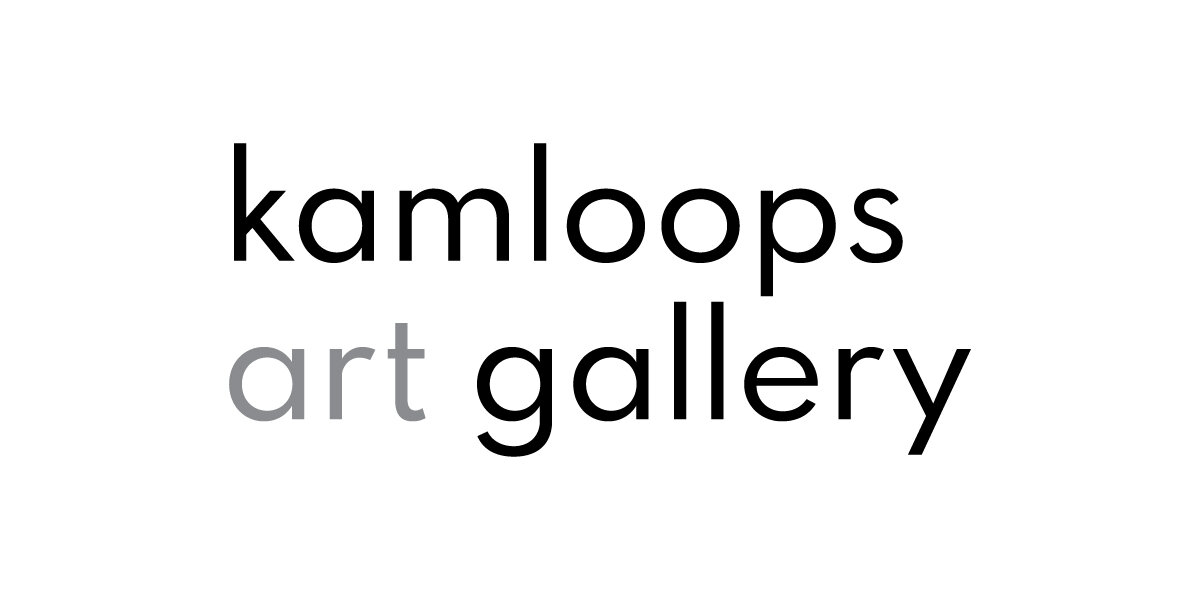Building a Village—Collage and Drawing
SCHOOL PROGRAM LESSON PLAN–K to 3
Building a Village—Collage and Drawing
Final Project Description:
A small, three-dimensional, decorated paper house.
Description:
Building A Village began as a Facebook project in 2013. Hall, who has been an active user of social media for over five years, writes that she “realized that many of her closest connections existed in this far-flung virtual space that denies both geography, and proximity.” Hall began Building a Village on Facebook as a way to make these connections and this virtual “community” visible to itself and others.” Hundreds of participants throughout Canada, the United States, and abroad responded (and continue to respond) to Hall’s call to collaboration, requesting that she send each of them a folded house plan. Hall’s instructions ask participants to customize the house, to manipulate it, to personalize it as they will. Finally, Hall asked that participants return the embellished houses to her by post.
Ultimately, the installation of Building a Village has been a labour-intensive activity. Hundreds of participants have responded thus far. Each house is beautifully unique, despite the deliberate sameness of form. The first materialization of the virtual village was accompanied by the display of ephemera—all of the envelopes and their contents are pinned on the walls adjacent to the village. A time-lapse, animated video loop reveals the building of the village in the gallery. For this element, Hall collaborated with an award-winning young filmmaker on the video project—her daughter, Jordan Canning.
Working with a folded paper house template, students will use collage and drawing to “fill” their houses with the people, objects and feelings that make up their home. As a class, they will create a small village of houses that together represent their individual ideas of home, family and community.
Theory (taken from the BC Curriculum PLOs)
Students will:
· Use a variety of image sources to create images, including feelings, imagination, memory and observation.
· Create images using the image-development strategies of fragmentation, multiplication, super-imposition.
· Use speaking and listening activities to share ideas about experience.
Workshop Duration: 90 minutes
In Gallery: 10 minutes after the tour for discussion
In Studio: 10 minutes for instructions, 5 minutes to talk to their neighbor about how they will fill their houses, 40 minutes to “fill” the houses, 10 minutes to cut and fold, 10 minutes for clean up and discussion and look at other’s work.
Prep:
· Set up a demo station in the center of the room
· Set up each child’s station with the necessary materials (listed below)
Materials:
Cardstock printed with house template
Pencil crayons
Markers
Ephemera and magazines for collage
Glue sticks
Scissors
Before students begin, make sure they write their name on the back of their work!!
Discussion:
10:30 – 10:40
End the exhibition tour by looking at the Building A Village installation. Explain the project (see above, and wall didactic in Gallery). Ask the children to point out which houses stand out to them. What aspects are most interesting to them? Why?
Explain to the children that they will now head back to the studio to create their own paper houses.
Demonstration & Discussion:
10:40 – 10:50
1. Get the children’s attention. Hold up a blank, uncut template and explain that we will be “filling” these houses with the people, creatures, objects and feelings that are most important in each of our lives using collage and drawing.
2. Ask the children to turn to their neighbour and discuss their ideas. What will you fill your house with? (Limit discussion to five minutes max).
Creation & Analysis:
10:50 – 11:30
3. Return the children’s attention to you and ask them to begin by writing their names on the back of the template.
4. Students can now begin filling their houses. Ask the parent helpers and teacher to help you assist the children with scissors and glue as necessary.
11:20
5. Ten minute warning! Students will have ten more minutes to complete their work.
11:30 – 11:45
6. Get the students’ attention and ask them to put down their pencils, etc. Hold up a completed but uncut template and completed cut template. Explain the next step: we will now cut along the outer lines of the template. Ask students who would like help with scissors to raise their hand. Parent helpers and teachers can assist as well.
7. Once everyone’s house is cut out, return their attention to you. Walk them through folding the houses one fold at a time (you fold one, they mirror, repeat). Ask the parent helpers and teachers to assist as necessary.
8. Glue together – it’s done!
11:45 – 11:50
9. Ask the class to work together to arrange the houses as a village on a clean table.
10. Take their picture – they’re adorable!
11:50 – 11:55
11. Ask the class to help you clean up the GIANT mess of paper clippings. Have bins ready on the side counter for the teacher and parent helpers to put glue sticks, scissors, markers, etc. away in.
Review:
11:55 – 12:00
What did they like / dislike about this project? How do they feel about having created a work like what they saw in the Gallery? Spend some time looking at each others work and discussing.
**If there is extra time at the end, take the children back into the gallery with their own houses and have them look at Pam Hall’s installation again in comparison to their own work.
SUPPLEMENTAL MATERIALS:
(House template)
